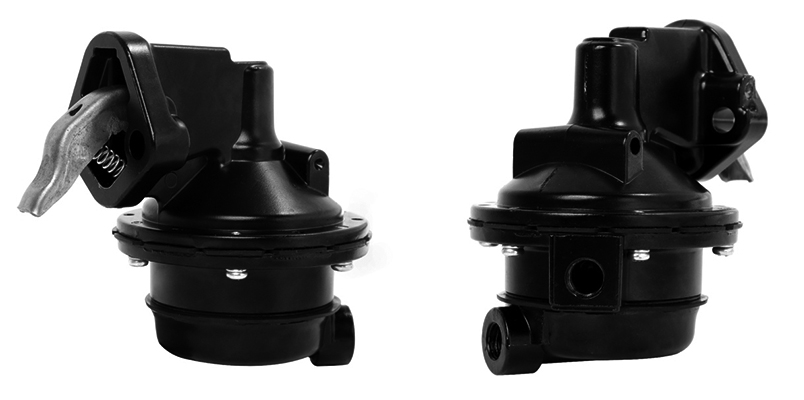Silicone tube is a kind of rubber with good comprehensive performance, which has excellent electrical insulation performance, aging resistance, chemical stability, oxidation resistance and weather resistance and good air permeability. It can be used for a long time at -40℃~240℃. Therefore, silicone tubes are also widely used in modern industries and daily necessities such as aviation, electronics, chemicals, machinery, and electrical appliances.
With the wide use of silicone tubes in our daily life, people pay more and more attention to the choice of silicone tubes. So, how do we choose a good silicone tube in our daily life?
- Distinguish from smell: Good silicone tubes are generally free of pungent odor, environmentally friendly, non-toxic, and have good texture.
- Distinguish from brightness: good silicone tube has better permeability, high color firmness of silicone tube, and the natural color of silicone tube can also be adjusted according to the user’s needs.
- Distinguish from elasticity: Good silicone tubes generally have better toughness. When we pull hard, if white spots appear, it is a poor quality silicone tube.
- Color: Generally, the silicone tube is colorless and transparent except for the customizable color. If the color changes seriously after long-term use, the quality is poor.
Of course, in addition to the above four identification methods, if you want to quickly and easily choose a good silicone tube, the best way is to choose a well-known brand of silicone tube.Linhai Haihua Rubber & Plastic Products Co., Ltd. was founded in 1980. It is a professional manufacturer of all kinds of automobile rubber tubes and rubber&plastic parts. Since 1989, it has become a formal supplier for Dongfeng Motor Company. At present, it is supporting dozens of domestic and foreign main engine factories, such as Cummins, Xiamen Jinlong, Yangzhou Yaxing, etc. The company has 18 million RMB fixed assets and 8000 square meters of plant area. There are more than 20% professional and technical personnel in the company.Ithas got the certificate of ISO9002, ISO9001:2000, QS9000, FIA16949 and so on.









